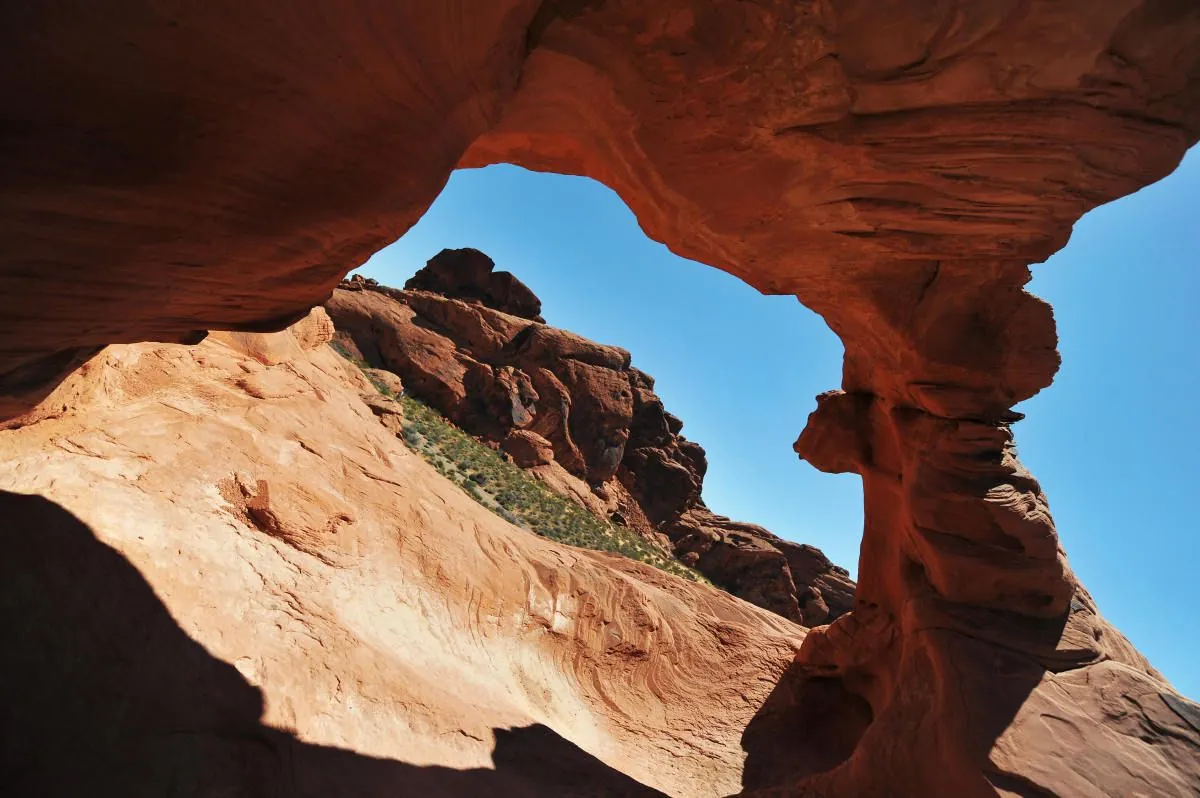Nevada Duo Faces Trial for Damaging Ancient Lake Mead Rock Formations
Two Nevada men are set to stand trial for allegedly damaging 140-million-year-old rock formations at Lake Mead National Recreation Area. The incident highlights the challenges of preserving natural resources in popular tourist destinations.

Two Nevada residents, Wyatt Clifford Fain and Payden David Cosper, are scheduled to face trial on October 8, 2024, for allegedly damaging ancient rock formations at Lake Mead National Recreation Area. The incident, which occurred on April 7, 2024, has raised concerns about the preservation of natural resources in one of America's most visited recreational sites.
Fain, 37, and Cosper, 31, both from Henderson, have been charged with injury and depredation of government property, as well as aiding and abetting. The U.S. Department of Justice reports that if convicted, each defendant could face up to a decade in prison.
The alleged vandalism took place near the Redstone Dunes Trail, where the accused reportedly pushed rock formations over a cliff edge. These formations, estimated to be 140 million years old, are part of the unique geological landscape that attracts millions of visitors to Lake Mead annually.

Lake Mead National Recreation Area, established in 1964, spans 2,344 square miles of diverse terrain, including mountains and desert canyons. As the largest reservoir in the United States by volume when at full capacity, Lake Mead plays a crucial role in water supply and ecosystem preservation.
The area's significance extends beyond its natural beauty. Lake Mead provides water to millions of people in Arizona, California, and Nevada, and is part of the Colorado River Basin, which supplies water to seven U.S. states. The recreation area also boasts a rich archaeological history, with artifacts dating back thousands of years.
Despite its importance, Lake Mead faces numerous challenges. Since 2000, the lake's water level has been declining due to drought and increased water demand. This environmental stress, combined with the area's popularity among tourists, puts additional pressure on the park's resources and staff.
Park officials often rely on public vigilance to help protect the area's natural and cultural resources. With around 6 million visitors each year engaging in activities such as boating, fishing, and hiking, the park's limited staff faces significant challenges in monitoring and preserving the vast area.
The case against Fain and Cosper serves as a reminder of the delicate balance between public access and conservation. As the trial date approaches, it underscores the need for increased awareness and respect for natural landmarks, especially in areas of geological and historical significance.
"The preservation of our national parks and the ancient formations within them is of utmost importance. Any act of vandalism or destruction will be prosecuted to the fullest extent of the law."
This incident at Lake Mead highlights the ongoing struggle to protect natural wonders while maintaining public access. As climate change continues to impact the region, with extreme heat often exceeding 100°F (38°C) in summer, the preservation of these unique ecosystems becomes even more critical.


































